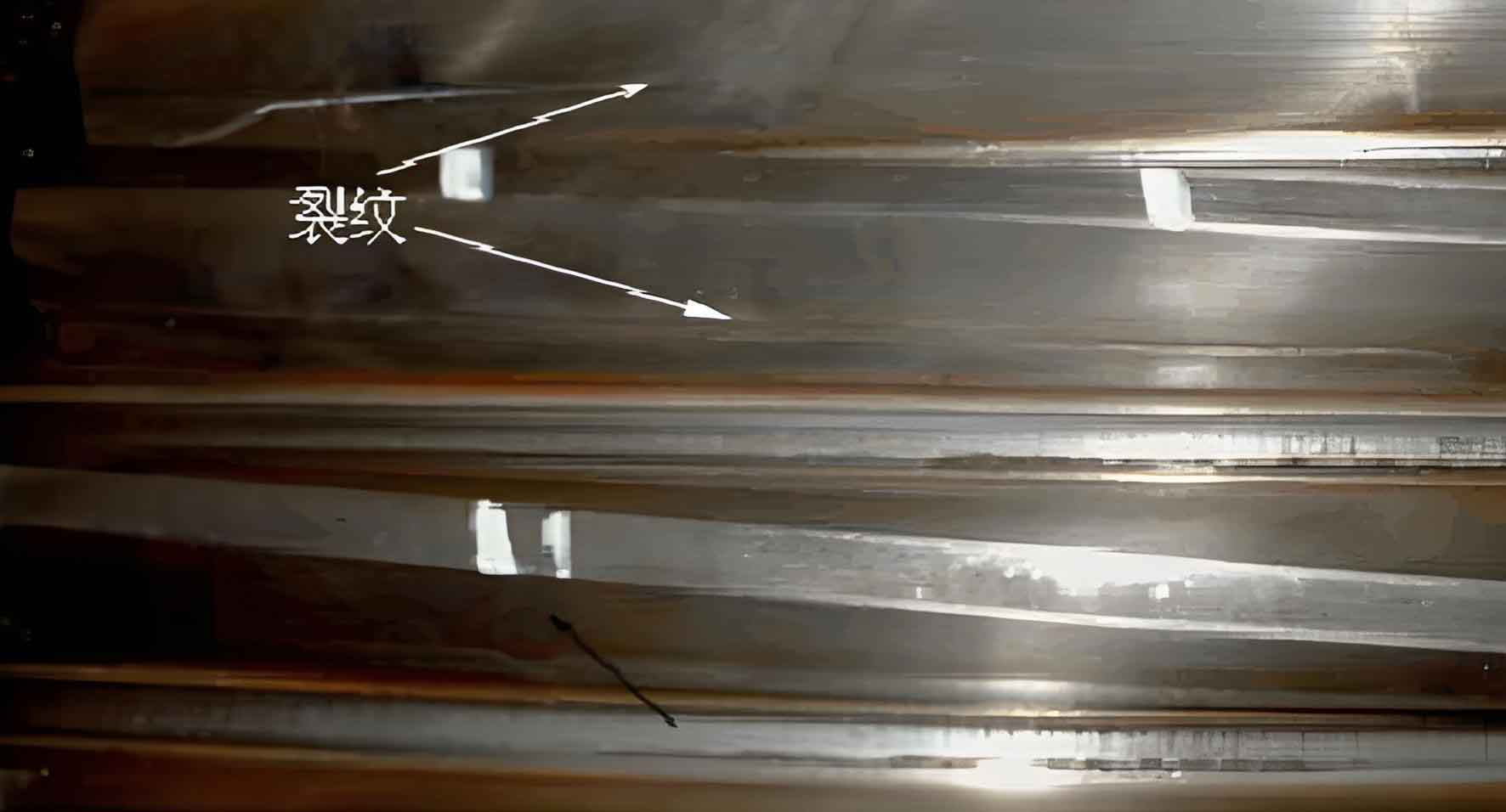High-precision manufacturing of gear pairs in fuel gear pumps demands exceptional dimensional control, with gears typically manufactured to Grade 5 or higher accuracy standards. Critical parameters include:
| Feature | Tolerance | Surface Finish |
|---|---|---|
| Journal Diameters | Cylindricity ≤ 0.005 mm | Ra ≤ 0.4 μm |
| Gear End Faces | Perpendicularity ≤ 0.005 mm | Ra ≤ 0.4 μm |
| Carburized Depth | 0.4-0.9 mm | Surface Hardness ≥ 61 HRC |
Final machining requires precision grinding operations: journals are ground on cylindrical grinders while teeth are finished on form-grinding machines. These processes introduce significant thermal and mechanical stresses described by the fundamental grinding stress equation:
$$\sigma_{residual} = \sigma_{thermal} + \sigma_{mechanical}$$
where thermal stress is proportional to temperature gradient:
$$\sigma_{thermal} = \frac{E\alpha}{1-\nu} \Delta T$$
and mechanical stress relates to material removal forces:
$$\sigma_{mechanical} = K \cdot a_p \cdot v_w \cdot v_s^{-1}$$
Suboptimal parameters generate grinding cracks through two primary mechanisms: immediate thermal cracking when stress exceeds material strength ($\sigma_{residual} > \sigma_{UTS}$), and delayed cracking where residual stresses gradually overcome microstructural resistance during storage. This delayed failure mode presents significant quality challenges as grinding cracks escape detection during initial magnetic particle inspection.

Metallurgical analysis of cracked 12Cr2Ni4A alloy steel components revealed perpendicular crack propagation with sharp terminations, absent of inclusions or oxidation. The dual cyaniding heat treatment cycle (830°C carburizing + 650°C tempering) contributes to crack susceptibility through three synergistic effects:
- Surface hardness elevation (≥61 HRC) reducing fracture toughness
- Coarse martensitic transformation increasing thermal stress susceptibility
- Microstructural transformations generating residual tensile stresses
Grinding parameter optimization proved critical for grinding cracks mitigation. The revised operational matrix demonstrates significant improvement:
| Grinding Phase | Original Feed Rate (mm/min) | Optimized Feed Rate (mm/min) | Wheel Specification |
|---|---|---|---|
| Rough Grinding | 0.30 | 0.25 | PA100KV |
| Semi-Finishing | 0.20 | 0.15 | PA100KV |
| Finishing | 0.10 | 0.05 | PA120KV |
The cooling system configuration significantly influences grinding cracks formation. Dual-nozzle implementation provides comprehensive thermal management:
$$Q_{removed} = h \cdot A \cdot (T_{surface} – T_{coolant})$$
where heat transfer coefficient (h) depends on coolant velocity and impingement angle. Counter-rotation nozzle placement achieves 40% greater heat extraction efficiency than conventional setups, critical for maintaining surface temperatures below phase transformation thresholds.
Process modifications eliminated delayed grinding cracks through four key interventions:
- Stress-Relief Additions: Stabilization treatment after rough machining + 8-hour aging after semi-finishing
- Grinding Parameter Optimization: Reduced specific grinding energy by 35% through parameter adjustments
- Abrasive Selection: Chromium-enhanced alumina wheels (PA100KV/PA120KV) with self-sharpening characteristics
- Coolant Optimization: Dual-nozzle configuration maintaining surface temperature below 150°C
The fundamental mechanism of delayed grinding cracks propagation follows Paris’ law for subcritical crack growth:
$$\frac{da}{dN} = C(\Delta K)^m$$
where crack growth rate accelerates exponentially with stress intensity range. Process modifications reduced residual stresses below the critical threshold for crack initiation:
$$\sigma_{residual} < \frac{K_{IC}}{Y\sqrt{\pi a}}$$
Post-implementation analysis confirmed complete elimination of delayed grinding cracks with these measurable improvements:
- Surface compressive residual stress increased from -250 MPa to -480 MPa
- Maximum grinding temperature decreased from 420°C to 135°C
- Production yield improved from 87% to 99.6%
Continuous monitoring of grinding parameters remains essential for sustained prevention of grinding cracks. The comprehensive approach demonstrates that residual stress control through integrated process optimization provides the most effective strategy against delayed grinding cracks in high-precision aviation components.
